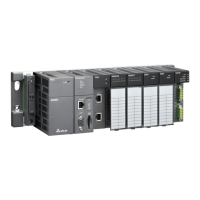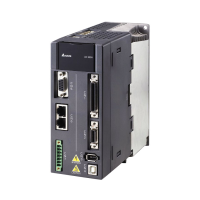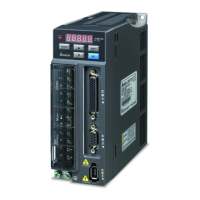AH500 Programming Manual
6-74
6.3.2 Explanation of Data Conversion Instructions
API
Instruction code Operand
Function
0200 D
BCD P
S, D
Converting the binary number
into the binary-coded decimal
Device
X Y M S T C HC D L SM SR E PR K 16#
“$” DF
Pulse instruction
16-bit instruction (5 steps)
32-bit instruction (5 steps)
AH500 AH500 AH500
Symbol:
S
:
Source device Word/Double word
D
:
Conversion result Word/Double word
Explanation:
1. The binary value in S is converted into the binary-coded decimal value, and the conversion
result is stored in D.
2. Only the instruction DBCD can use the 32-bit counter.
3. The four fundamental operations of arithmetic in the PLC, the instruction INC, and the
instruction DEC all involve binary numbers. To show the decimal value on the display, users
can use the instruction BCD to convert the binary value into the binary-coded decimal value
Example:
1. When X0.0 is ON, the binary value in D10 is converted into the binary-code decimal value, and
the conversion result is stored in D100.
2. If D10=16#04D2=1234, the conversion result will be that D100=16#1234.
Additional remark:
1. If the conversion result exceeds the range between 0 and 9,999, the instruction BCD is not
executed, SM0 is ON, and the error code in SR0 is 16#200D (The binary-coded decimal value
is represented by the hexadecimal value, but one of digits is not within the range between 0
and 9.).
2. If the conversion result exceeds the range between 0 and 99,999,999, the instruction DBCD is
not executed, SM0 is ON, and the error code in SR0 is 16#200D (The binary-coded decimal
value is represented by the hexadecimal value, but one of digits is not within the range
between 0 and 9.).
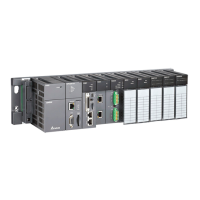
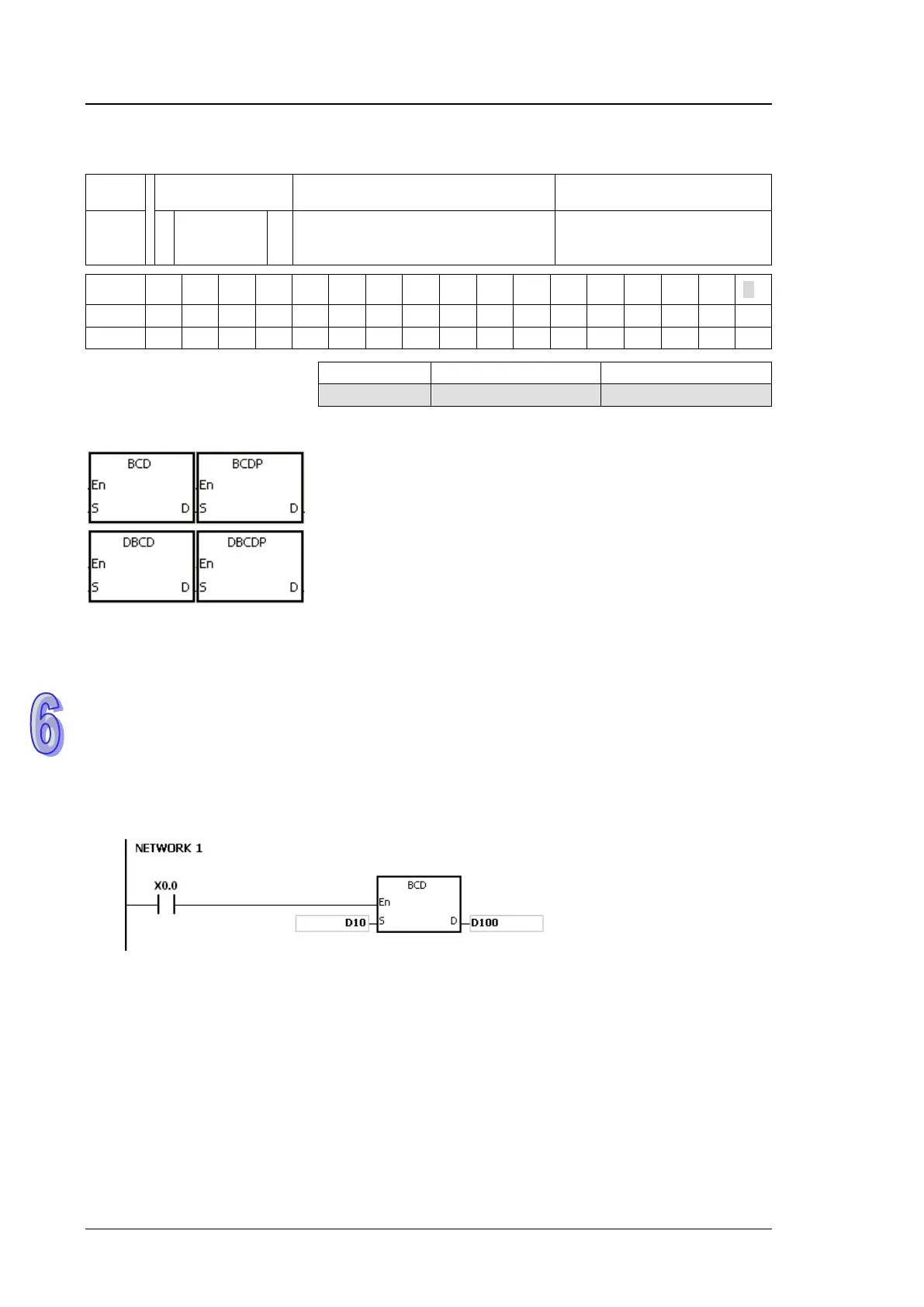